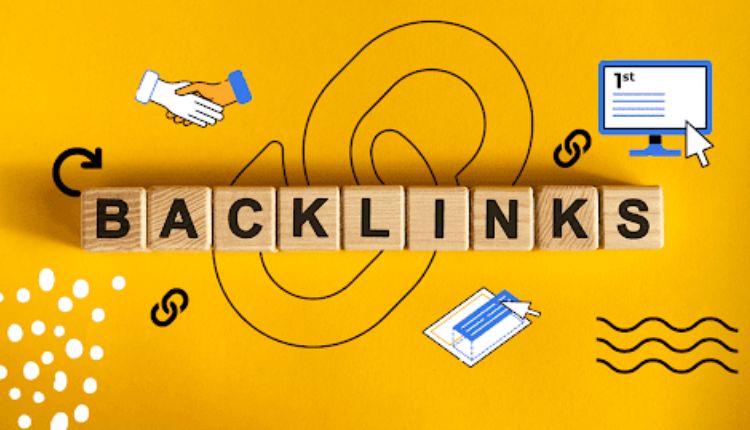In digital marketing circles, it’s common to hear that backlinks are losing relevance. Some say that Google’s algorithms have evolved past the need for link signals. Others argue that content and user experience are now the dominant factors. These opinions, while popular, don’t align with how search engines actually work.
The truth is simpler. High-quality backlinks remain a core part of any serious SEO strategy. They haven’t disappeared. They’ve just matured.
What Makes a Backlink “High Quality”?
Not all backlinks are created equal. Some are nearly worthless, while others can move the needle significantly. So what separates a strong backlink from a weak one?
Authority matters. A link from a website with a high domain authority carries more weight. For example, a backlink from TechCrunch is far more impactful than one from a low-traffic personal blog.
Relevance is key. A backlink from a site within your industry or niche adds more context and trust than a random, unrelated link.
Placement plays a role too. Links embedded within the body of an article are more valuable than those stuffed in footers or sidebars.
Finally, anchor text matters. Natural, descriptive anchor text helps search engines understand what your page is about.
All these elements work together to signal quality to Google.
Google’s Evolving But Consistent View on Backlinks
Google’s approach to backlinks has certainly evolved. But it hasn’t abandoned the importance of links. In fact, Google still uses backlinks as a foundational signal in its ranking algorithm.
When Google launched PageRank, it relied heavily on backlinks as a proxy for trust and authority. Over the years, algorithm updates like Penguin penalized manipulative link schemes, refining the system but never eliminating the role of backlinks.
Even in recent statements, Google officials have confirmed that backlinks remain part of the ranking equation. The company has made it clear: it values natural, earned links from authoritative sources. Poor-quality or spammy links? Not so much.
Backlinks aren’t dying. They’re just being held to higher standards.
Why Backlinks Still Drive SEO Success
There are several reasons backlinks continue to be vital in modern SEO.
Boosting Organic Rankings: Search engines use backlinks as a vote of confidence. Pages with more quality links typically rank higher. This has been backed by multiple industry studies over the years.
Increasing Crawl Rate and Indexing: Links help search engine bots find new pages. If other websites are linking to you, it increases the chance your content will be discovered and indexed faster.
Driving Referral Traffic: Good backlinks don’t just improve rankings. They also bring in direct traffic. When someone clicks a link to your site from a trusted article or publication, you gain visibility and potential customers.
Establishing Brand Credibility: Being featured or linked on credible websites builds brand authority. It tells users you’re trusted enough to be referenced by others.
For businesses investing in link building for agencies, this is a critical component of long-term SEO growth.
Real-World Data & Case Studies
The data backs it up. According to a Backlinko study, the top result on Google has 3.8x more backlinks than those below it.
Consider this real-world example: A SaaS startup published a data-backed report and conducted outreach to industry publications. The campaign earned links from several authority domains, boosting the target page from position 35 to the top 5 in just six weeks. Organic traffic followed.
Link-building isn’t just theory. When done right, it delivers measurable impact.
The Wrong Way vs. The Right Way to Build Links
Many businesses waste time or hurt their sites by chasing the wrong kinds of links.
Wrong Approaches:
- Buying links from low-quality directories
- Using automated link-building tools
- Creating private blog networks (PBNs)
- Stuffing anchor text with exact-match keywords
These tactics can lead to penalties or simply offer no value.
Right Approaches:
- Creating original research, tools, or resources people want to cite
- Guest posting on relevant industry blogs
- Leveraging digital PR to earn mentions
- Building relationships with journalists and bloggers
In 2025, link-building should feel more like relationship-building than manipulation.
How to Future-Proof Your Link Strategy
SEO continues to evolve, and your backlink strategy should too. Here’s how to stay ahead:
- Embrace E-E-A-T: Focus on building Experience, Expertise, Authoritativeness, and Trustworthiness in your content.
- Publish Linkable Assets: Create high-value content formats like case studies, infographics, or stats-driven reports.
- Leverage AI Tools Wisely: Use AI to scale outreach or identify prospects, but never automate the relationship-building part.
- Integrate With Content Marketing: Align link-building efforts with broader campaigns to amplify both reach and value.
Building backlinks shouldn’t be a side task. It should be embedded in your entire digital strategy.
Final Thoughts
Despite shifting algorithms and growing complexity in SEO, one principle remains steady: quality backlinks matter.
Not because they’re trendy, but because they reflect what search engines want to see—credibility, authority, and trust. As long as content is created and consumed online, links will connect those ideas and decide who rises to the top.
In short, backlinks aren’t dead. They’re just evolving. And if you’re serious about long-term digital success, it’s time to treat link-building not as a tactic, but as a strategy.






